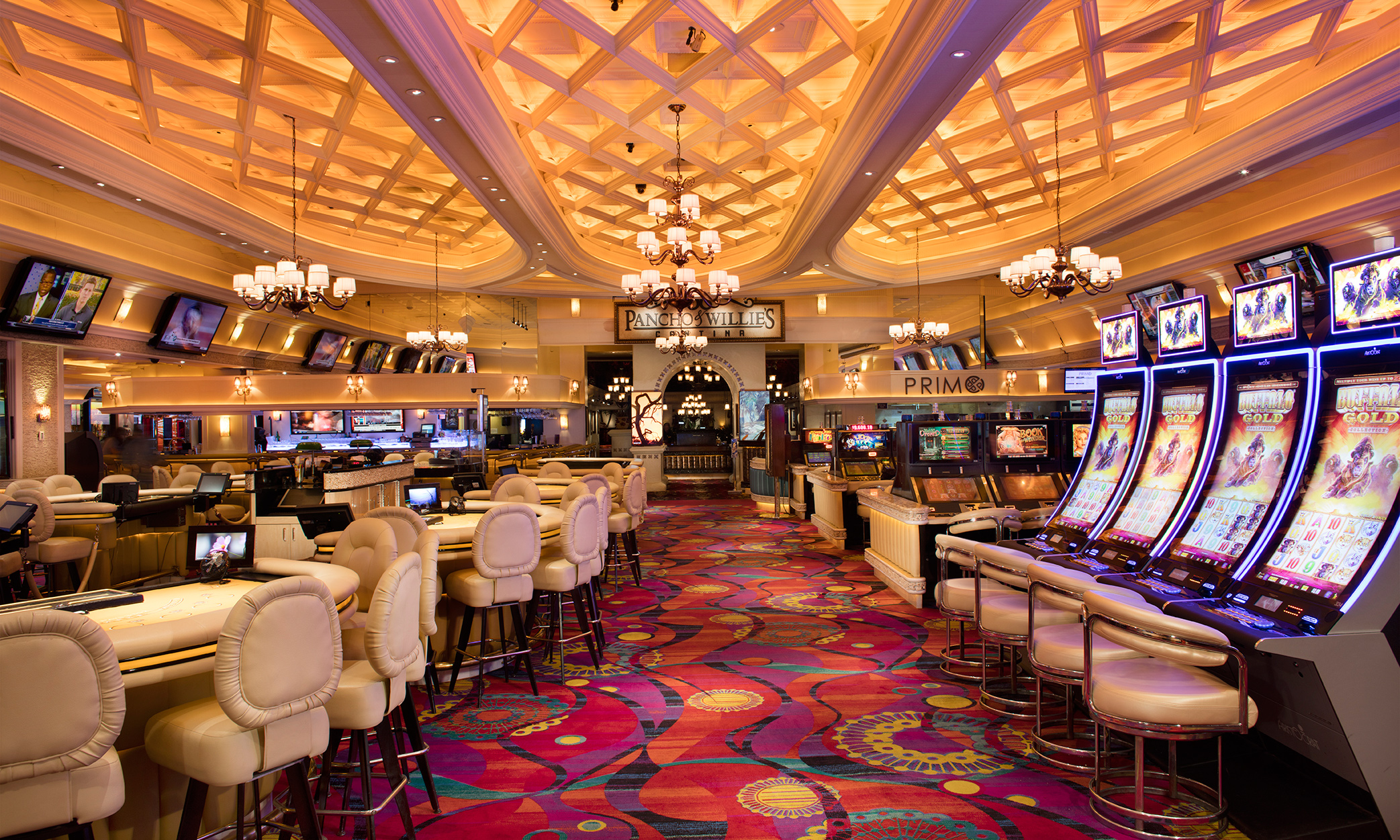
Within a dynamic and stimulating world of gaming establishments, where luck and tactics intertwine, hues and design play a pivotal role in drawing in gamblers. From the moment visitors step inside a casino or access a gaming website, they are enveloped in a sightly feast that captures their attention and lures them to discover more. Vivid colors, engaging graphics, and creative layouts are meticulously crafted to create an atmosphere of excitement and expectation, ultimately improving the gaming experience.
As gamblers navigate through the ever-changing landscape of casino games, they encounter a variety of designs that not only serve aesthetic purposes but also influence emotions and choices. sayapbola resmi Colors like red and yellow symbolize wealth and luck, while soothing navy and emeralds can create a more relaxed environment. Understanding how these elements function together enables casinos to create an welcoming and stimulating atmosphere that encourages players to engage with the games, invest additional time at the tables, and increase their general enjoyment.
The Study of Color in Gaming Establishments
Hue plays a critical role in the development of gaming experiences, influencing player emotions and behaviors. Bright and vibrant shades, such as crimson and yellow, are often used to stimulate thrill and attract notice. These hues create a sense of urgency and vitality, encouraging participants to participate more enthusiastically with the activity. By intentionally selecting tints, developers aim to inspire emotions of joy and excitement, which can enhance the total game experience.
Different hues also have psychological meanings that can impact how gamblers perceive their chances of victory. For instance, emerald is often associated with fortune and prosperity, making it a popular choice in activities like the roulette wheel and poker games. This association can result players to feel more optimistic and self-assured in their gaming, ultimately inspiring them to stake more. Understanding these links allows game developers to create environments that enhance player satisfaction and retention.
Furthermore, the layout of casino game interfaces often utilizes blended colors and contrasting hues to guide players’ actions. For example, winning results may be emphasized with striking, differing hues, creating a visual reward. This method reinforces favorable outcomes and encourages repeated participation. By utilizing the science of color, gaming venues can develop activities that not only attract gamblers but also maintain them involved and committed in their gaming experience.
Creative Elements that Engage Gamers
The visual appeal of casino games is largely influenced by the implementation of vibrant colors. Bright and striking colors are deliberately chosen to create an appealing atmosphere that captures attention. For instance, crimson and golds often signify good fortune and prosperity, which is why they are common in the color schemes of slot machines and game surfaces. These colors not only attract players in, but they also stir emotions associated with excitement and expectation, enhancing the overall gaming experience.
In parallel to color, the aesthetic and organization of casino games play a significant role in player attraction. Games are designed to be intuitive, ensuring that players can quickly understand the guidelines and gameplay. Accessible interfaces, along with engaging graphics and motion, help maintain player interest and promote extended play sessions. The tactile elements, such as the feel of the buttons and the sounds of the games, also add to a comprehensive sensory experience that keeps players engaged.
In conclusion, conceptual elements in gaming design can greatly influence gaming decisions. Many casino games are inspired by popular culture, fairy tales, or adventure themes, incorporating symbols and characters that resonate with players. These themes create a sense of immersion and relatability, making each game feel unique. When players feel a bond to the concept, they are more likely to choose that game over others, leading to increased participation and enthusiasm within the casino environment.
Case Studies: Effective Casino Game Designs
One prime example of impressive gambling game design is the popular slot machine series based around hit movies. Games such as those based on the Wizard of Oz and Game of Thrones utilize bright colors and high-quality graphics to enthrall players in well-known narratives. The use of lively visuals and entertaining sound effects captures the attention of players, building an psychological connection to the theme. This approach not only encourages longer play but also improves the overall gaming experience, yielding increased player retention.
Another successful case is the application of color in table games like 21 and roulette. Casinos often create these games with deep reds and greens, colors traditionally linked with luck and wealth. For instance, the green felt on a 21 table provides a relaxing effect, while the crimson accents in the wheel invite excitement. This thoughtful use of color helps to establish an inviting atmosphere that stimulates players to join in, addressing their psychological impulses and increasing their enjoyment.
Finally, social casino games that incorporate social features and lively, colorful designs have seen remarkable success in engaging players. Games like Zynga’s Poker and Slotomania leverage bright colors and playful animations to create an inviting online environment. The integration of leaderboards, community sharing options, and in-game rewards promotes competition and community, drawing players in for longer sessions. Such designs merely make the games visually enticing but also highlight community engagement, a crucial factor in player retention and engagement within digital casino environments.